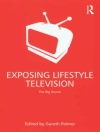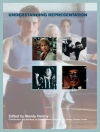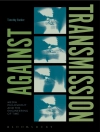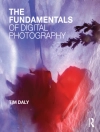This book presents the first English introduction to the broad history of the Gothic mode in Spain. It focuses on key literary periods, such as Romanticism, the fin-de-siècle, spiritualist writings of the early-twentieth century, and the cinematic and literary booms of the 1970s and 2000s. With illustrative case studies, Aldana Reyes demonstrates how the Gothic mode has been a permanent yet ever-shifting fixture of the literary and cinematic landscape of Spain since the late-eighteenth century. He proposes that writers and filmmakers alike welcomed the Gothic as a liberating and transgressive artistic language.
Inhaltsverzeichnis
1. INTRODUCTION: DEFINING AND DELIMITING THE SPANISH GOTHIC.- 2. PART I - FIRST WAVE GOTHIC (1785–1834) - Chapter 1. Imported Terrors and First Genre Hybrids.- 3. Chapter 2. The Early Spanish Gothic Novel (1800–34).- 4. PART II - FROM ROMANTICISM TO THE FIN-DE-SIÈCLE (1834–1900) - Chapter 3. Spanish Romanticism and the Gothic.- 5. Chapter 4. From the 1860s to the Fin-de-Siècle: The Development of the Gothic Short Story.- 6. PART III - MODERN AND CONTEMPORARY GOTHIC LITERATURE (1900–2016) - Chapter 5. The Twentieth Century (1900–75): Modernist Spiritualism and Political Gothic.- 7. Chapter 6. From the Death of Franco to the Present: The Establishment of Horror and the Gothic Auteur.- 8. PART IV - SPANISH GOTHIC CINEMA (1906–2016) - Chapter 7. From Segundo de Chomón to the Rise and Fall of ‘Fantaterror’.- 9. Chapter 8. The Post-Millennial Horror Revival: Auteurs, Gothic (Dis)Continuities and National History.- 10. Conclusion: A Language of Collaboration and Liberation.
Über den Autor
Dr Xavier Aldana Reyes is Senior Lecturer in English Literature and Film at Manchester Metropolitan University, UK, and a founding member of the Manchester Centre for Gothic Studies. His books include
Horror: A Literary History (editor; 2016),
Horror Film and Affect (2016),
Digital Horror (co-editor; 2015) and
Body Gothic (2014).












